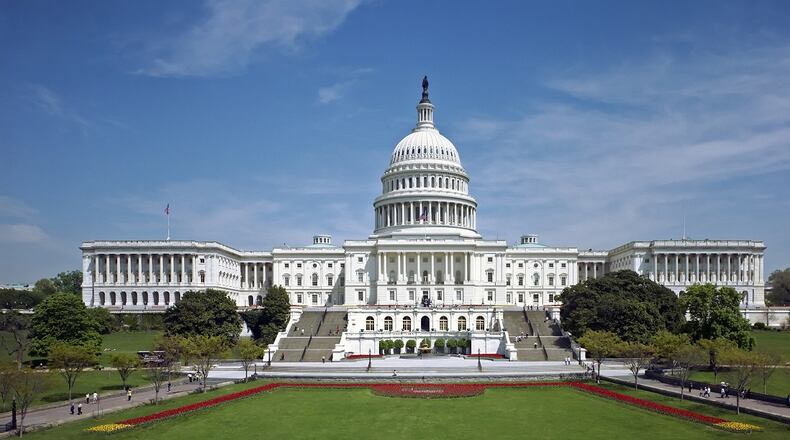While Chief Justice John Roberts noted that “excessive partisanship in districting leads to results that reasonably seem unjust,” he added that doesn’t mean “the solution lies with the federal judiciary. We conclude that partisan gerrymandering claims present political questions beyond the reach of the federal courts.”
He said what those challenging the redistricting want “is an unprecedented expansion of judicial power.”
RELATED: Court rules Ohio's congressional map unconstitutional
Freda Levenson, legal director for ACLU Ohio, said: “The court’s decision to allow the practice of gerrymandering to continue, to flourish, and to evade review by the judicial system, leaves it in the hands of those who will continue to abuse their awesome power whenever they can to defeat the will of the voters. In Ohio, this means that in the 2020 election, the map, rather than the electorate, will once again determine who occupies each of our congressional seats.”
“The court’s disappointing decision today was centered on a legal debate,” said Ohio Democratic Chairman David Pepper. “But it doesn’t alter the factual finding of the U.S. Southern District of Ohio: that Republicans have cynically and secretly rigged Ohio elections for a decade.
“It also doesn’t change the fact that an overwhelming majority of Ohio voters have twice made clear that they’ve had it with rigged elections, and therefore voted to change Ohio’s Constitution to assure fair districts.”
The ruling follows what has been years of tumult over Ohio’s own maps. But dismissing the other two states’ cases means Ohio’s districts won’t change until a new, voter-approved redistricting process is imposed.
Listen to the NewsCycle podcast:
Ohio voters in 2015 and 2018 passed ballot measures overhauling how the state draws its congressional and legislative districts – overhauls that would’ve gone into place after the next Census in 2020.
But a case challenging how congressional districts are drawn was wending its way through the courts in tandem, and in early May, a three-judge panel of U.S. District Court in Cincinnati unanimously found that the current congressional map is unconstitutionally gerrymandered and ordered the Republican-controlled General Assembly to submit a new map by June 14 so it can be implemented for 2020.
Ohio Attorney General Dave Yost appealed that ruling and the U.S. Supreme Court in late May agreed to table gerrymandering cases from Ohio and Michigan as they considered cases in North Carolina, which is under a Republican gerrymander, and Maryland, which is under a Democratic gerrymander.
Republicans have held 12 of Ohio’s 16 congressional districts since the last redistricting process after the 2010 Census. A March Associated Press analysis found that Ohio’s gerrymandered House districts allowed Republicans to win seven more seats than they otherwise should have judging by vote totals.
Among Ohio’s U.S. House members, redistricting gave an advantage as well. Republicans got 52 percent of the vote but won 75 percent of the seats— the same 12-4 margin that has existed since the current district maps were drawn in 2011.
About the Author
